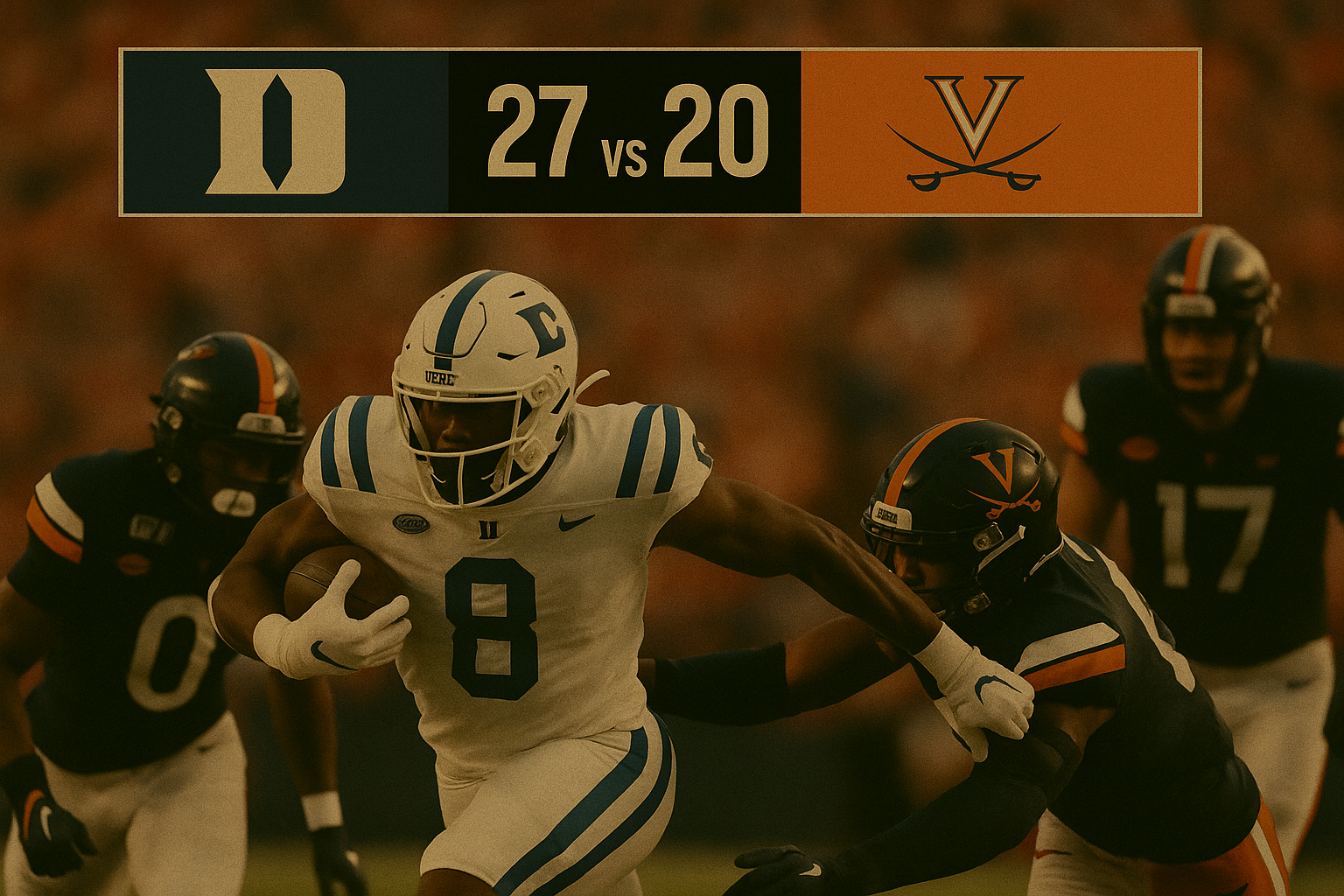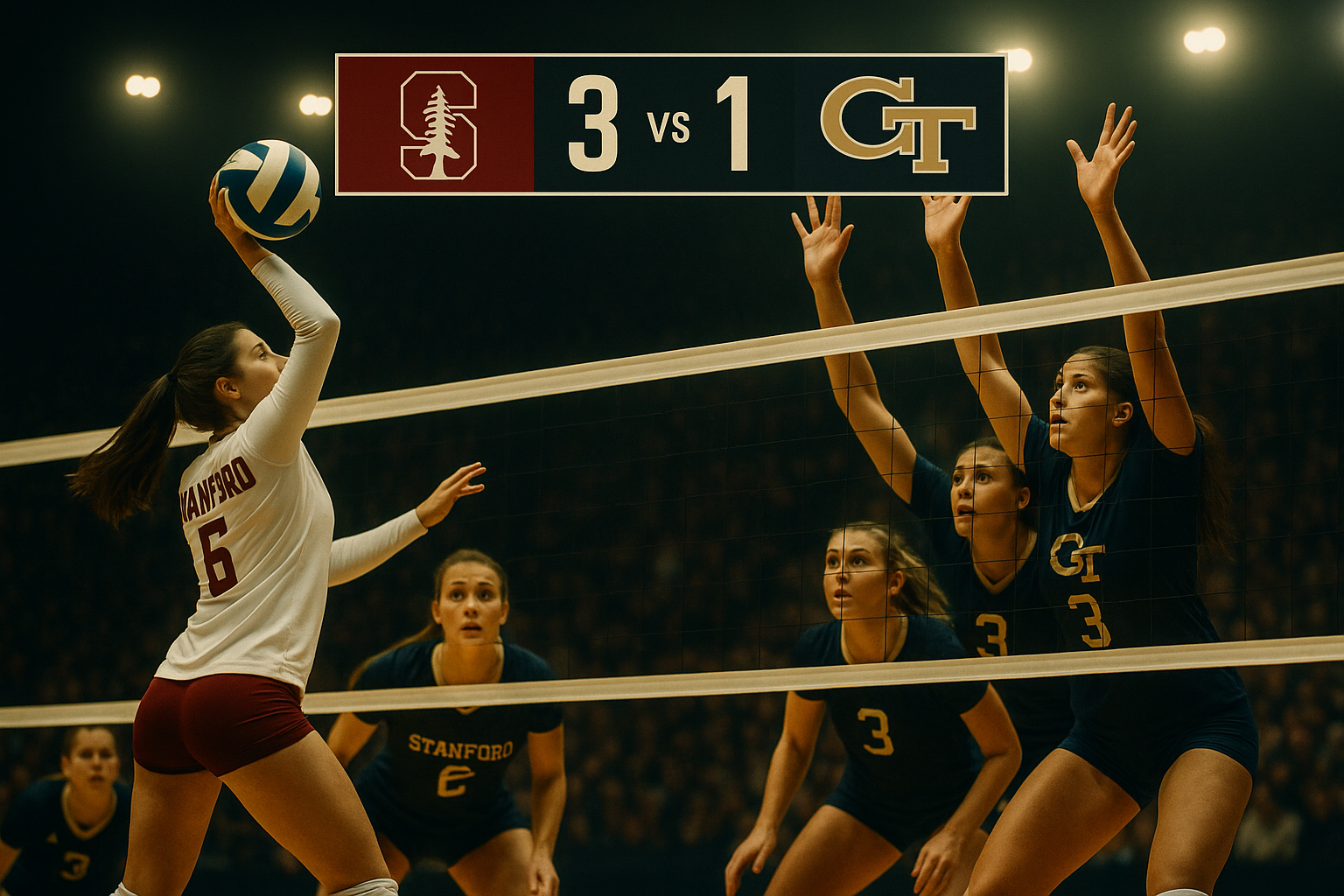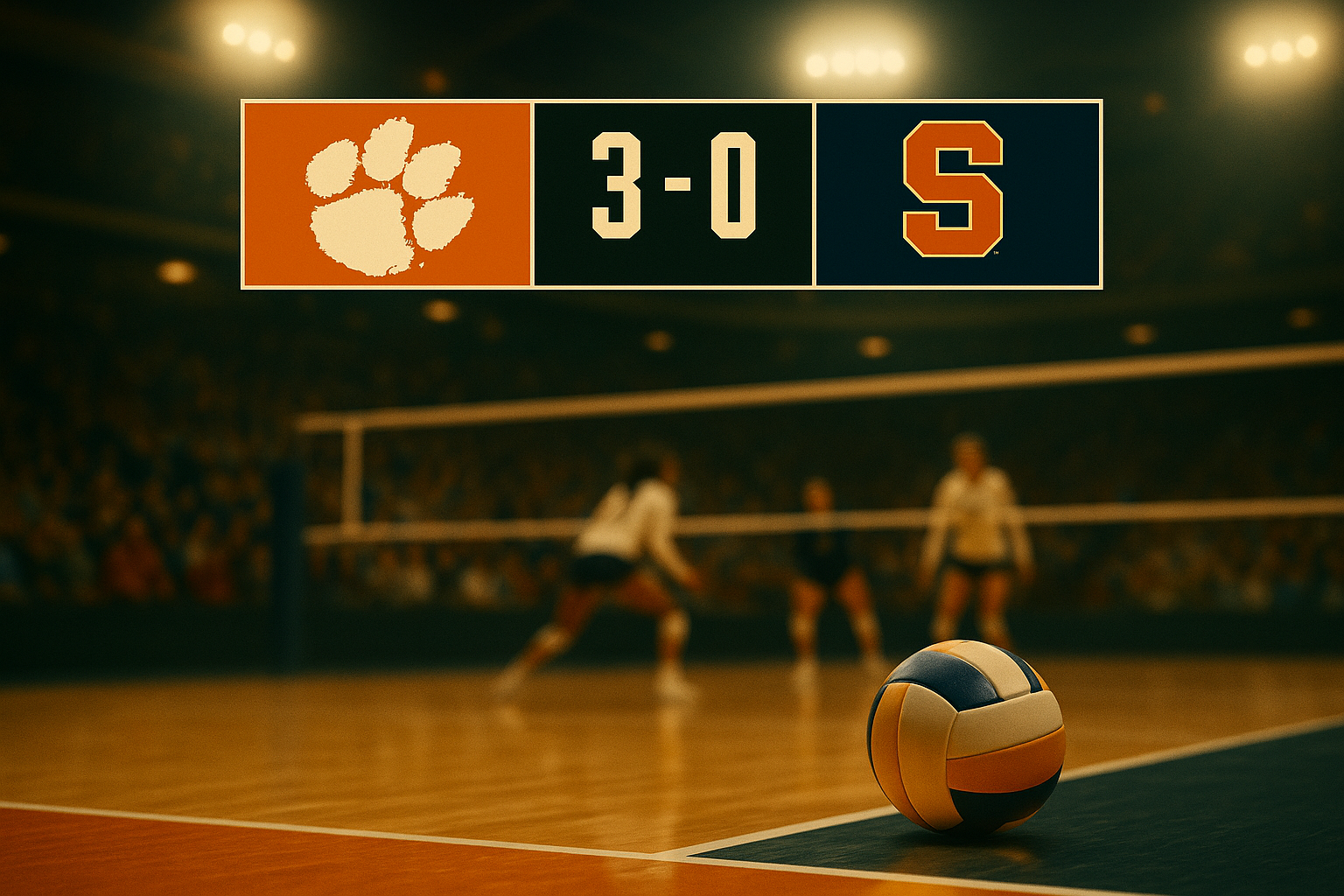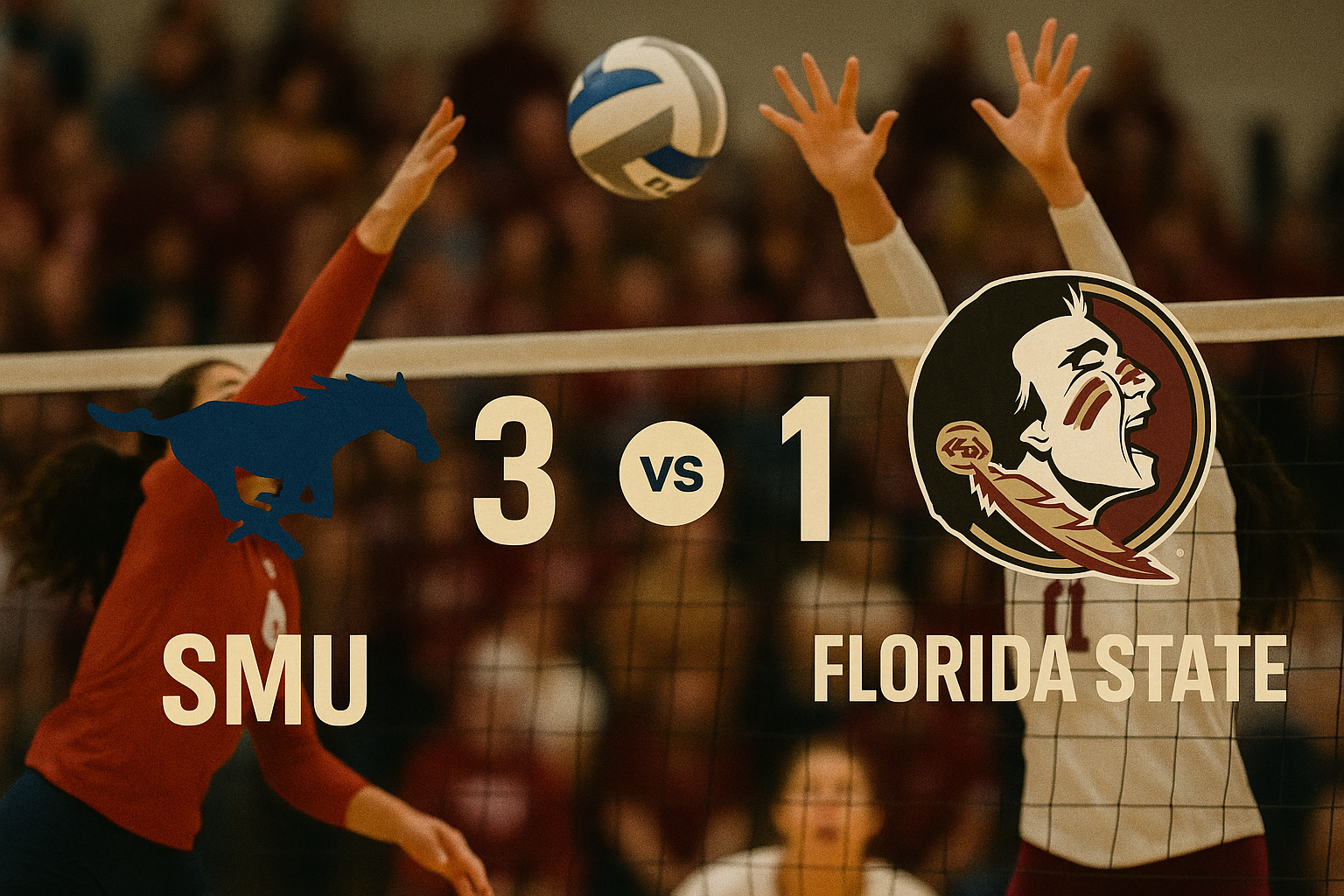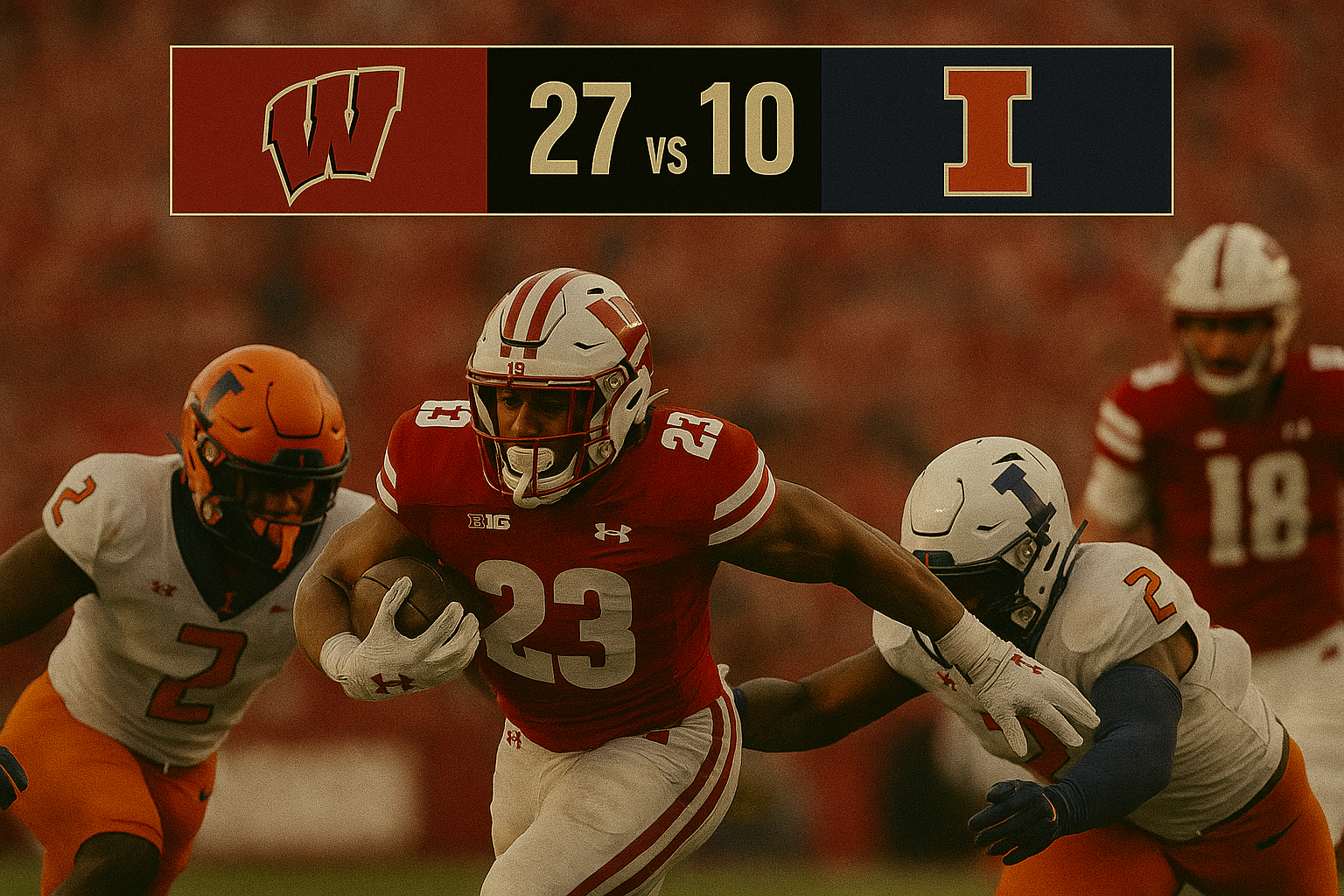Clemson Hands No. 4 Kentucky First Loss in SEC/ACC Challenge Upset
Clemson pulled off a dramatic 70-66 victory over No. 4 Kentucky in the SEC/ACC Challenge at Littlejohn Coliseum, handing the Wildcats their first loss of the season. The win marked Clemson’s highest-ranked non-conference home victory in program history and highlighted their potential as a contender this season.
The Tigers (8-1) relied on a dominant rebounding performance and defensive intensity to hold off Kentucky (7-1), which struggled to find its shooting rhythm under first-year head coach Mark Pope. The result also continued Clemson’s recent trend of success against top-five opponents, as the unranked Tigers have now won four straight games against AP Top 5 teams.
Clemson Controls the Glass and the Pace
Senior forward Ian Schieffelin was the driving force behind Clemson’s victory, recording a career-high 20 rebounds, including eight on the offensive end. While he struggled with his shooting, finishing 4-for-20 from the field, Schieffelin’s presence on the boards created second-chance opportunities that proved pivotal.
The Tigers also benefited from balanced scoring. Jaeden Zackery led Clemson with 13 points, including two key 3-pointers during a crucial first-half rally. Chauncey Wiggins added 12 points, while Chase Hunter and Schieffelin chipped in 11 points each. Clemson’s offense was efficient in key moments, utilizing a combination of inside-out play and fast breaks to catch Kentucky’s defense off guard.
Clemson’s defense played a significant role, holding Kentucky to just 7-for-27 shooting from beyond the arc and limiting the Wildcats to eight fast-break points. By slowing Kentucky’s typically fast-paced offense, the Tigers kept the game within their preferred tempo and capitalized on their rebounding advantage.
Kentucky’s Struggles on the Road
For Kentucky, the game served as a wake-up call in their first road test of the season. Otega Oweh led the Wildcats with 17 points, while Lamont Butler added 16 points and five assists despite battling foul trouble. Jaxson Robinson contributed 12 points, but the team’s shooting woes proved costly. The Wildcats connected on just 25.9% of their 3-point attempts, well below their season average.
Kentucky briefly took a 52-51 lead with just under 11 minutes remaining, but a 10-2 run by Clemson over the next four minutes swung the momentum back in the Tigers’ favor. The Wildcats had a chance to tie the game in the final moments, but Hunter’s free throws sealed the victory for Clemson, igniting a court-storming celebration from the home crowd.
The Wildcats also struggled to adapt to Clemson’s physical play, often settling for contested jump shots rather than driving to the basket. Their inability to generate consistent offense in the paint left them vulnerable during Clemson’s runs.
Key Moments Define the Game
The game was a back-and-forth battle throughout the first half. Kentucky opened with a 28-23 lead late in the half, but Clemson responded with a 10-0 run fueled by Zackery’s shooting and Wiggins’ layups. The Tigers closed the half on a 14-2 run, taking a 37-30 advantage into the break.
In the second half, Kentucky’s defense tightened, allowing the Wildcats to claw back into the game. However, Clemson’s ability to generate easy baskets in the paint and their control of the boards kept Kentucky at bay. Schieffelin’s offensive rebounds and timely assists were critical in preserving Clemson’s lead.
Late in the game, with Kentucky pulling to within two points on a Butler 3-pointer, Clemson demonstrated poise under pressure. Hunter’s free throws in the final seconds sealed the win, capping off a complete performance by the Tigers.
A Statement Win for Clemson
The victory marked Clemson’s highest-ranked non-conference home win in school history and underscored their growing reputation as a giant-killer. Head coach Brad Brownell has instilled a gritty, defensive-minded approach that has allowed the Tigers to compete with elite programs.
This win adds to Clemson’s recent success against top-ranked opponents, having defeated four AP Top 5 teams as an unranked program in the past two seasons. The Tigers are now 5-12 all-time against Kentucky and look poised to build on this momentum as they enter ACC play.
Looking Ahead
Clemson will travel to Miami for their ACC opener, seeking to extend their winning streak and continue their strong start to the season. With a defense that has consistently stifled opponents and a rebounding unit led by Schieffelin, the Tigers appear ready to make a statement in conference play.
For Kentucky, the loss highlights areas for improvement as they prepare for their next game against No. 7 Gonzaga. The Wildcats will need to address their shooting inconsistencies and find ways to adapt against physical opponents. Despite the setback, Kentucky remains one of the nation’s top teams and will look to regroup in time for the heart of their schedule.
Momentum Builds for Clemson
Clemson’s win not only showcased their potential but also energized a fanbase eager for continued success. The combination of disciplined defense, strong rebounding, and balanced scoring provides a foundation for a promising season. As the Tigers transition into conference play, their performance against Kentucky serves as a blueprint for how they can compete with the nation’s best.
